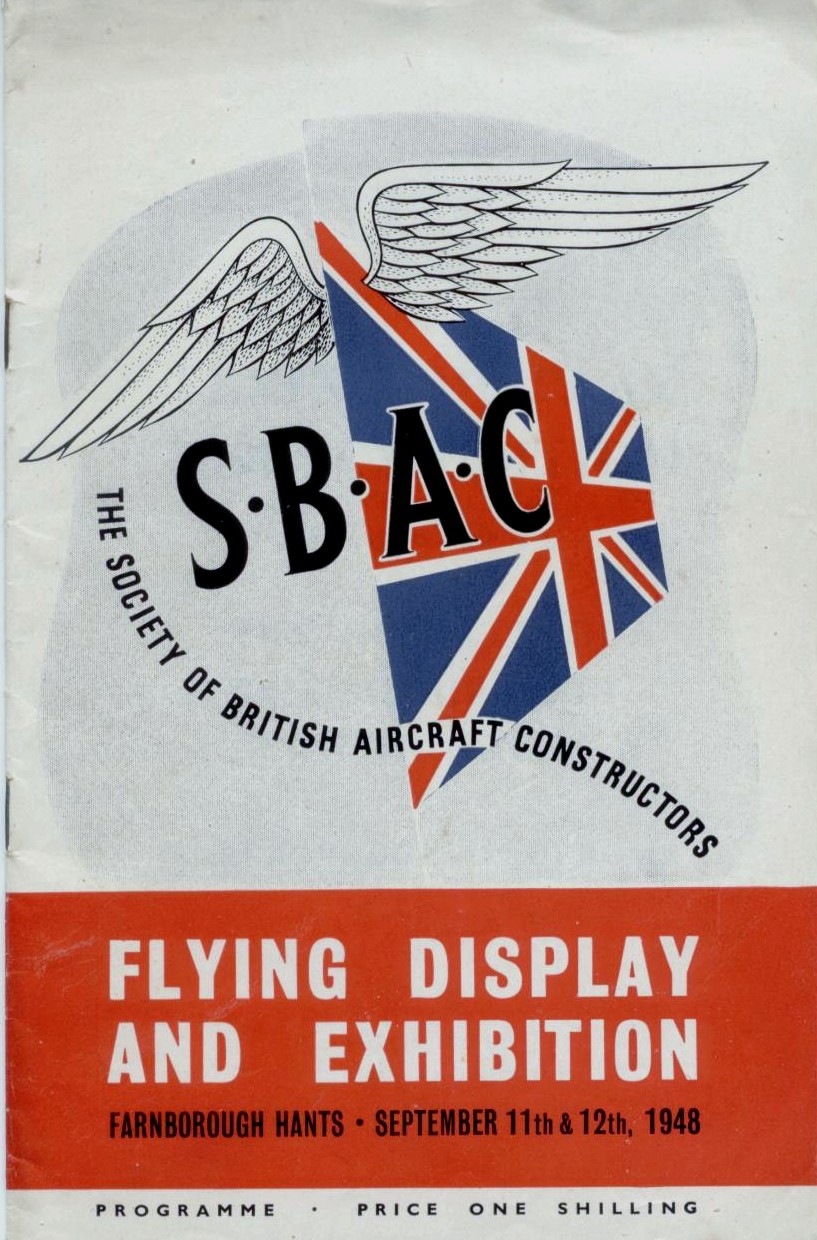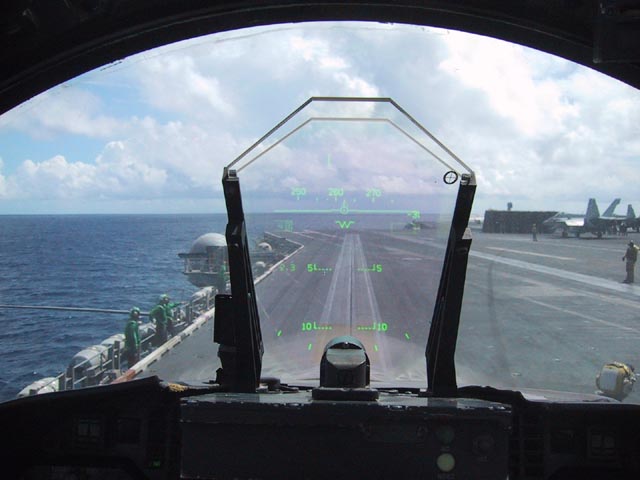|
British Aerospace EAP
The British Aerospace EAP (standing for ''Experimental Aircraft Programme'') was a British technology demonstrator aircraft developed by aviation company British Aerospace (BAe) as a private venture. It was designed to research technologies to be used for a future European combat aircraft, and eventually formed the basis for the multinational Eurofighter Typhoon. The EAP has its roots within the earlier ''Agile Combat Aircraft'' (ACA), a collaborative initiative studying advanced technologies to produce more capable fighter aircraft. Upon the announcement of the EAP during October 1983, it was intended to be a multinational European effort; however, neither West Germany or Italy would ultimately contribute financially, thus the programme relied upon a combination of British public and British and European private funding instead. Having been manufactured in sections across multiple facilities, the sole EAP aircraft (serial ''ZF534'') was rolled out during April 1986. Perfor ... [...More Info...] [...Related Items...] OR: [Wikipedia] [Google] [Baidu] |
British Aerospace
British Aerospace plc (BAe) was a British aircraft, munitions and defence-systems manufacturer. Its head office was at Warwick House in the Farnborough Aerospace Centre in Farnborough, Hampshire. Formed in 1977, in 1999 it purchased Marconi Electronic Systems, the defence electronics and naval shipbuilding subsidiary of the General Electric Company plc, to form BAE Systems. History Formation and privatisation The company has its origins in the Aircraft and Shipbuilding Industries Act 1977, which called for the nationalisation and merger of the British Aircraft Corporation, Hawker Siddeley Aviation, Hawker Siddeley Dynamics and Scottish Aviation. On 29 April 1977, the new entity was formed in the United Kingdom as a statutory corporation. Under the provisions of the ''British Aerospace Act 1980'' on 1 January the statutory corporation was transferred to a limited company, which then re-registered as a public limited company (plc), under the name "British Aerospace Pub ... [...More Info...] [...Related Items...] OR: [Wikipedia] [Google] [Baidu] |
Farnborough Air Show
The Farnborough Airshow, officially the Farnborough International Airshow, is a trade exhibition for the aerospace and defence industries, where civilian and military aircraft are demonstrated to potential customers and investors. Since its first show in 1948, Farnborough has seen the debut of many famous planes, including the Vickers VC10, Concorde, the Eurofighter, the Airbus A380, and the Lockheed Martin F-35 Lightning II. At the 1958 show, the RAF's Black Arrows executed a 22-plane formation loop, setting a world record. The international trade show is put together every two years by FIL Farnborough International Ltd. and runs for five days. Until 2020, the show ran for a full week with trade visitors attending on the first five days and the weekend reserved for the general public. Programming takes place at the Farnborough Airport, which lies roughly 50 kilometres south-west of London. Status The Farnborough International Airshow is the second-largest show of its ki ... [...More Info...] [...Related Items...] OR: [Wikipedia] [Google] [Baidu] |
Head-up Display
A head-up display, or heads-up display, also known as a HUD (), is any transparent display that presents data without requiring users to look away from their usual viewpoints. The origin of the name stems from a pilot being able to view information with the head positioned "up" and looking forward, instead of angled down looking at lower instruments. A HUD also has the advantage that the pilot's eyes do not need to refocus to view the outside after looking at the optically nearer instruments. Although they were initially developed for military aviation, HUDs are now used in commercial aircraft, automobiles, and other (mostly professional) applications. Head-up displays were a precursor technology to augmented reality (AR), incorporating a subset of the features needed for the full AR experience, but lacking the necessary registration and tracking between the virtual content and the user's real-world environment. Overview A typical HUD contains three primary components: a ... [...More Info...] [...Related Items...] OR: [Wikipedia] [Google] [Baidu] |
Computer Display
A computer monitor is an output device that displays information in pictorial or textual form. A discrete monitor comprises a visual display, support electronics, power supply, housing, electrical connectors, and external user controls. The display in modern monitors is typically an LCD with LED backlight, having by the 2010s replaced CCFL backlit LCDs. Before the mid- 2000s, most monitors used a CRT. Monitors are connected to the computer via DisplayPort, HDMI, USB-C, DVI, VGA, or other proprietary connectors and signals. Originally, computer monitors were used for data processing while television sets were used for video. From the 1980s onward, computers (and their monitors) have been used for both data processing and video, while televisions have implemented some computer functionality. In the 2000s, the typical display aspect ratio of both televisions and computer monitors has changed from 4:3 to 16:9. Modern computer monitors are mostly interchangeable with tele ... [...More Info...] [...Related Items...] OR: [Wikipedia] [Google] [Baidu] |
Cathode Ray Tube
A cathode-ray tube (CRT) is a vacuum tube containing one or more electron guns, which emit electron beams that are manipulated to display images on a phosphorescent screen. The images may represent electrical waveforms (oscilloscope), pictures ( television set, computer monitor), radar targets, or other phenomena. A CRT on a television set is commonly called a picture tube. CRTs have also been used as memory devices, in which case the screen is not intended to be visible to an observer. The term '' cathode ray'' was used to describe electron beams when they were first discovered, before it was understood that what was emitted from the cathode was a beam of electrons. In CRT television sets and computer monitors, the entire front area of the tube is scanned repeatedly and systematically in a fixed pattern called a raster. In color devices, an image is produced by controlling the intensity of each of three electron beams, one for each additive primary color (red, green, ... [...More Info...] [...Related Items...] OR: [Wikipedia] [Google] [Baidu] |
Southampton
Southampton () is a port City status in the United Kingdom, city in the ceremonial county of Hampshire in southern England. It is located approximately south-west of London and west of Portsmouth. The city forms part of the South Hampshire, South Hampshire built-up area, which also covers Portsmouth and the towns of Havant, Waterlooville, Eastleigh, Fareham and Gosport. A major port, and close to the New Forest, it lies at the northernmost point of Southampton Water, at the confluence of the River Test and River Itchen, Hampshire, Itchen, with the River Hamble joining to the south. Southampton is classified as a Medium-Port City . Southampton was the departure point for the and home to 500 of the people who perished on board. The Supermarine Spitfire, Spitfire was built in the city and Southampton has a strong association with the ''Mayflower'', being the departure point before the vessel was forced to return to Plymouth. In the past century, the city was one of Europe's mai ... [...More Info...] [...Related Items...] OR: [Wikipedia] [Google] [Baidu] |
Turin
Turin ( , Piedmontese: ; it, Torino ) is a city and an important business and cultural centre in Northern Italy. It is the capital city of Piedmont and of the Metropolitan City of Turin, and was the first Italian capital from 1861 to 1865. The city is mainly on the western bank of the Po River, below its Susa Valley, and is surrounded by the western Alpine arch and Superga Hill. The population of the city proper is 847,287 (31 January 2022) while the population of the urban area is estimated by Eurostat to be 1.7 million inhabitants. The Turin metropolitan area is estimated by the OECD to have a population of 2.2 million. The city used to be a major European political centre. From 1563, it was the capital of the Duchy of Savoy, then of the Kingdom of Sardinia ruled by the House of Savoy, and the first capital of the Kingdom of Italy from 1861 to 1865. Turin is sometimes called "the cradle of Italian liberty" for having been the political and intellectual centre ... [...More Info...] [...Related Items...] OR: [Wikipedia] [Google] [Baidu] |
Samlesbury Aerodrome
Samlesbury Aerodrome is a disused airfield at Balderstone near Samlesbury and Blackburn in Ribble Valley district of Lancashire. The aerodrome is owned by defence company BAE Systems which uses the site for the manufactured of several different aircraft. Currently the company employ approximately 3,000 people at the site. The aerodrome is part of Lancashire Enterprise Zone. History The origins of the site, which was once an active aerodrome, date back to 1922 when it was proposed that a municipal airfield be constructed to serve the nearby towns of Blackburn and Preston. Construction did not commence on the airfield until April 1939, but was then accelerated by the Second World War, when the Air Ministry instructed the English Electric Company (EE) to proceed with the construction of flight shed number 1. The first of the Handley Page Hampdens built by EE made its maiden flight on 22 February 1940 and by 1942 770 Hampdens had been delivered from Samlesbury. In 1940 a sec ... [...More Info...] [...Related Items...] OR: [Wikipedia] [Google] [Baidu] |
Carbon-fiber-reinforced Polymer
Carbon fiber-reinforced polymers (American English), carbon-fibre-reinforced polymers (Commonwealth English), carbon-fiber-reinforced plastics, carbon-fiber reinforced-thermoplastic (CFRP, CRP, CFRTP), also known as carbon fiber, carbon composite, or just carbon, are extremely strong and light fiber-reinforced plastics that contain carbon fibers. CFRPs can be expensive to produce, but are commonly used wherever high strength-to-weight ratio and stiffness (rigidity) are required, such as aerospace, superstructures of ships, automotive, civil engineering, sports equipment, and an increasing number of consumer and technical applications. The binding polymer is often a thermoset resin such as epoxy, but other thermoset or thermoplastic polymers, such as polyester, vinyl ester, or nylon, are sometimes used. The properties of the final CFRP product can be affected by the type of additives introduced to the binding matrix (resin). The most common additive is silica, but other ad ... [...More Info...] [...Related Items...] OR: [Wikipedia] [Google] [Baidu] |
Warton Aerodrome
Warton Aerodrome is located in Warton village on the Fylde in Lancashire, England. The aerodrome is west of Preston, Lancashire, UK. Today the airfield is a major assembly and testing facility of BAE Systems Military Air & Information. It is also part of Lancashire Enterprise Zone. Warton Aerodrome has a CAA Ordinary Licence (Number P748) that allows flights for the public transport of passengers or for flying instruction as authorised by the licensee (BAE Systems (Operations) Limited). History Establishment and military use In 1940 new runways were built at Warton so that it could act as a "satellite" airfield for the RAF Coastal Command station at Squires Gate airfield in Blackpool. The airfield was first operated as an air depot of the United States Army Air Forces (USAAF) during World War II, as thousands of aircraft were processed on their way to active service in Britain, North Africa, the Mediterranean and mainland Europe. It hosted the 402d Air Depot, later the ... [...More Info...] [...Related Items...] OR: [Wikipedia] [Google] [Baidu] |
UK Ministry Of Defence
The Ministry of Defence (MOD or MoD) is the department responsible for implementing the defence policy set by His Majesty's Government, and is the headquarters of the British Armed Forces. The MOD states that its principal objectives are to defend the United Kingdom of Great Britain and Northern Ireland and its interests and to strengthen international peace and stability. The MOD also manages day-to-day running of the armed forces, contingency planning and defence procurement. The expenditure, administration and policy of the MOD are scrutinised by the Defence Select Committee, except for Defence Intelligence which instead falls under the Intelligence and Security Committee of Parliament. History During the 1920s and 1930s, British civil servants and politicians, looking back at the performance of the state during the First World War, concluded that there was a need for greater co-ordination between the three services that made up the armed forces of the United Kingdom: ... [...More Info...] [...Related Items...] OR: [Wikipedia] [Google] [Baidu] |







_(Tony_Radakin_cropped).jpg)